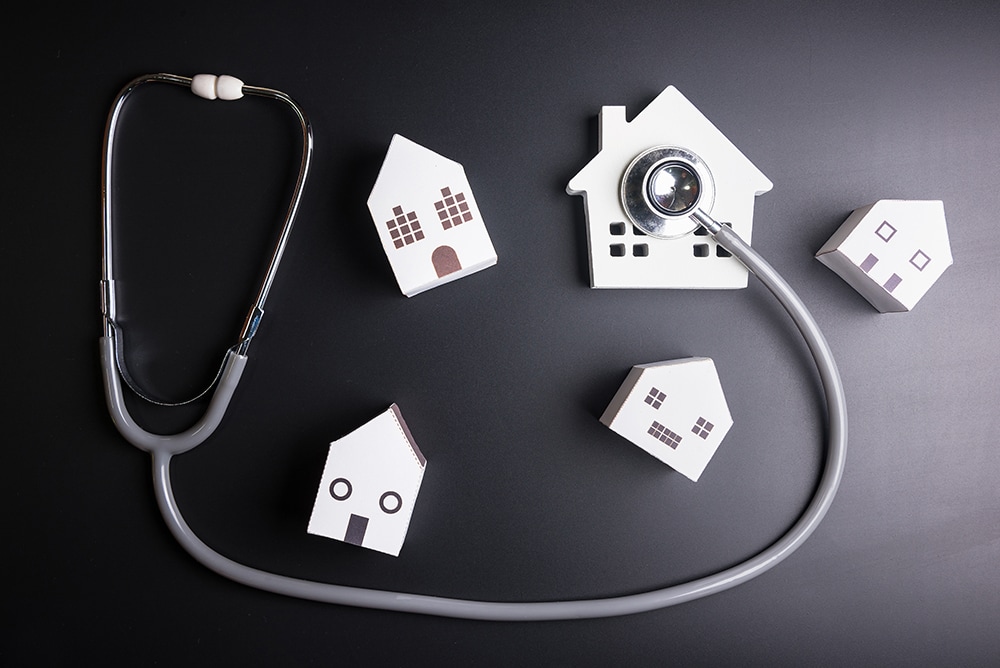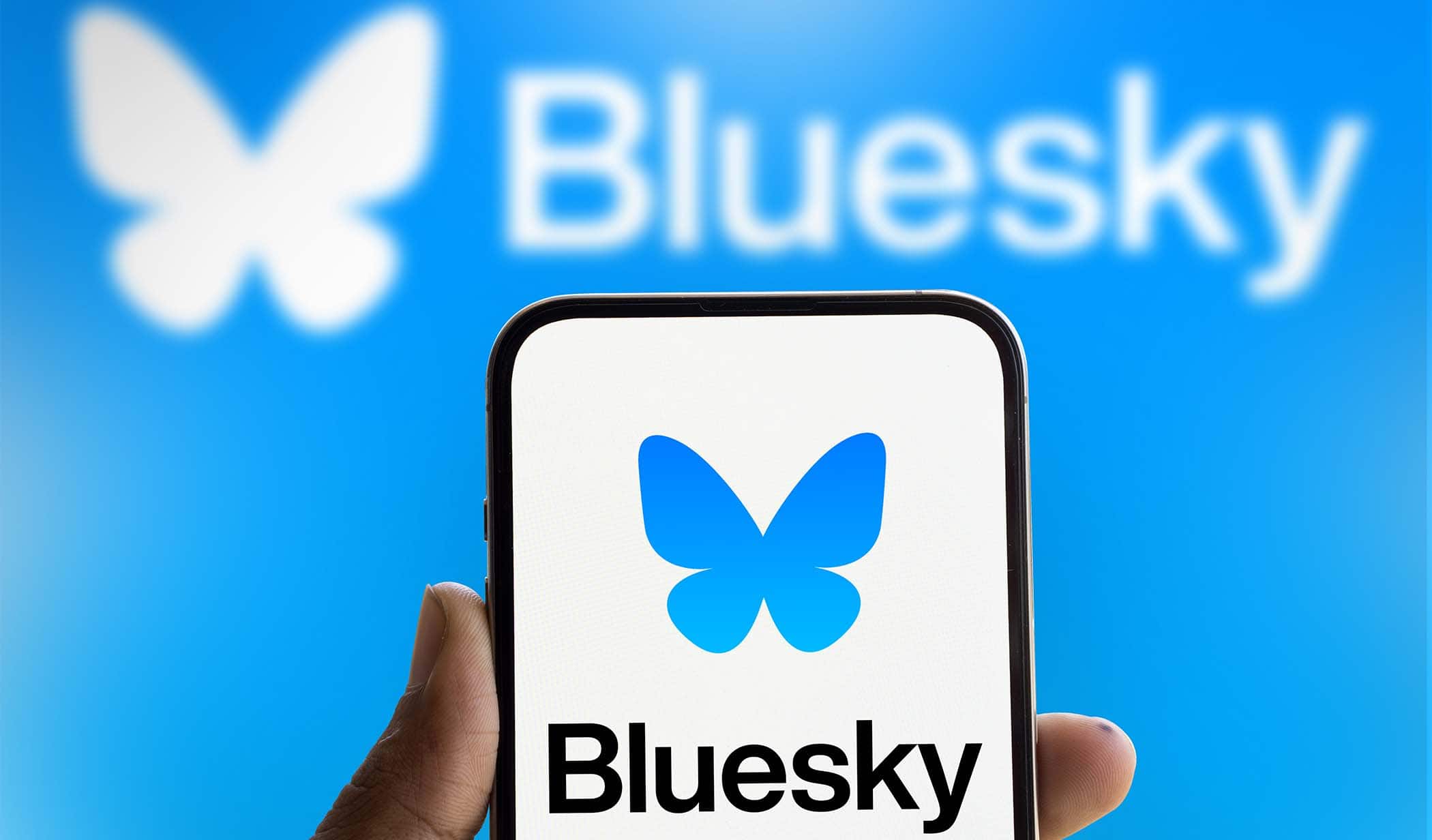COVID-19, Real Estate and Living Thru History
This week feels like we are living through history.
Last Tuesday, I was landing in Las Vegas for the Leading Real Estate Companies of the World Conference. Today, I’m writing to you from my attic. So much has changed in such a very short period of time.
Each generation has its coming-of-age: an event that changes the way people think and work. Sometimes those events are singular, such as Pearl Harbor or 9/11. These are the “I remember where I was when” moments.
Other coming of age events transpire over a longer duration of time. My grandparents, born in 1910, survived the Great Depression and World War II. Both forever changed the way they lived. The Vietnam War divided the Baby Boomers and the generation never came back together again. The same has been said of Millennials: the Builders that graduated from 9/11 through the Great Recession and the Firebrands who did after.
I remember a New Yorker cartoon appearing shortly after 9/11 that summed up how I felt at the time. It showed a traveler walking up to an airline desk in an airport. The airline representative says “Where do you want to go” and the passenger responds “September 10th”. Of course, we all know, there’s no going back.
The huge difference between the COVID-19 pandemic and other singular events is that the risk feels so much more personal. I could get sick. I could transmit it to my kids. Or worst of all, I could transmit it to my parents.
I believe COVID-19 will change the way we think, the way we work and how people think about real estate.
The most basic, physiological needs (according to Maslow) are “food, safety and shelter.” If you’ve been to a grocery store this week, you can see the demand for food. Shelter, a roof over your head, and safety are coming together in a way that has not been thought of in the recent past.
Over the past ten years, there’s been a move by Baby Boomers and Millennials into urban areas and away from suburban/rural real estate. No one wants to commute. Everyone wants to walk to work. (One of my theories is that people want to walk to work because they can look at their phones while walking. The same does not apply to driving). Parts of New York City that people would not visit when I was a kid have completely gentrified and become sought after. What was once considered undesirable, inner-city living is now super trendy.
However, when you are “sheltering in place” in your 700 square-foot apartment in San Francisco, you may re-consider your options. Surrounded by fewer people, such as here in Vermont, you are less likely to get a virus from someone else . . . because a lot fewer someone elses live here.
We’ve seen a number of second home owners come to Vermont since the coronavirus broke out and are hearing similar stories from clients on Nantucket. Would you want to be living in New Rochelle right now?
Even if people don’t up and leave the city for the country, they’re going to be spending a lot more time inside their homes than they have in a while. Lowes and Home Depot (along with supermarkets) are the only stores open right now. Why? It’s a great time to be working on home renovation projects.
When you spend this much time at home, you see what’s working and what’s not. Three kids under six on the first floor of my house is feeling pretty cozy right now. On the other end of the COVID-19 Winter, I might look for a larger house or call a contractor.
The silver lining for real estate is that despite the panic of today, the reality of tomorrow looks bright. We came into this pandemic with a strong economy and too little housing stock. There is no systemic risk according to Goldman Sachs. The Federal Reserve’s moves will drive interest rates to new lows. There’s a definite pause in activity – now – which is impacting real estate. Unlike the travel, hospitality or entertainment industries, real estate transactions don’t happen overnight. Our industry has time on its side.
As one mentor of mine once said: when orders are down, you can either shut down the factory or retool it. I’m a re-tooler. My advice is to get ready for the post-COVID-19 spring market. It’s going to be a good one.










